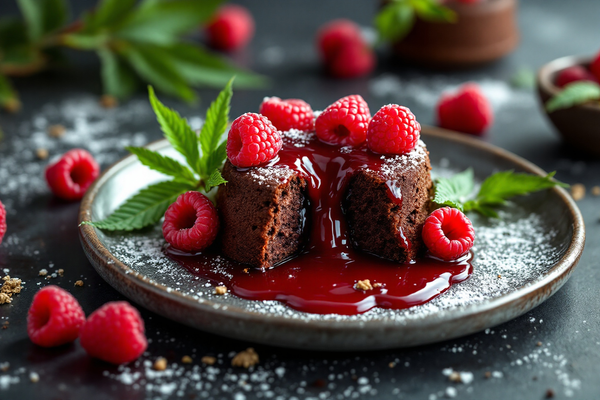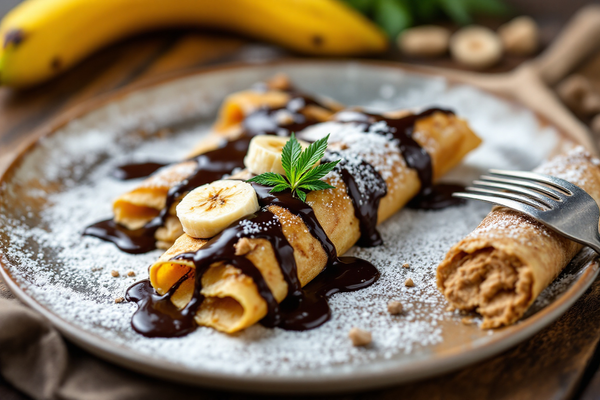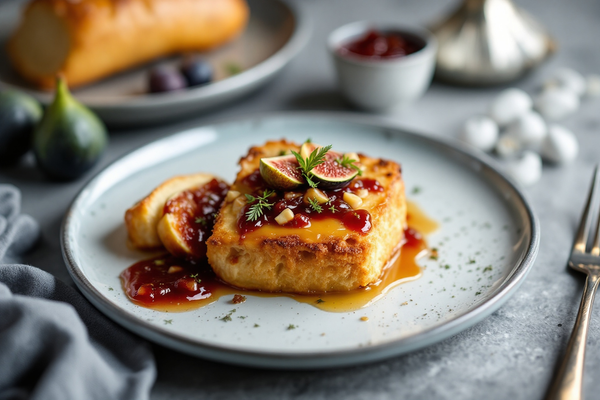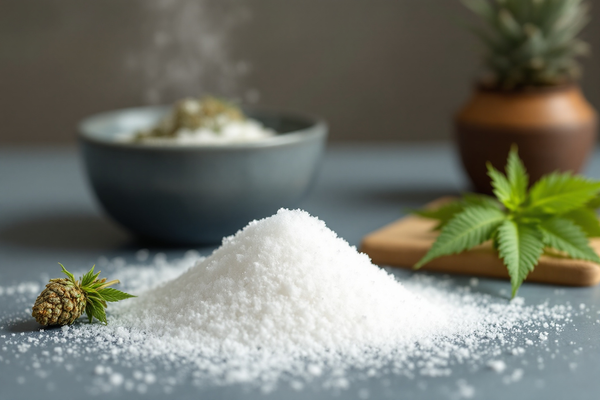Cooking with Cannabis 101: A Home Chef’s Guide to Perfect Edibles

Curious about cooking with cannabis but unsure where to start? You're not alone. From novices to seasoned cannabis enthusiasts, more people than ever are eager to experiment with edibles at home. Whether you're whipping up brownies, savory snacks, or gourmet meals, cannabis-infused edibles can elevate your cooking game and allow for a controlled, long-lasting experience.
This guide walks you through everything you need to know—from choosing the right cannabis to storing your creations safely. By the end, you’ll be ready to confidently infuse your kitchen with the magic of cannabis.
1. Choose the Right Cannabis for Cooking
The first step to any great dish is choosing quality ingredients, and cannabis is no exception. Different strains result in different effects, so selecting the right one is crucial.
Indica vs. Sativa vs. Hybrid
- Indica strains are known for their relaxing, sedative effects—ideal for evening recipes like a calming chamomile tea or a dessert that lulls you to sleep.
- Sativa strains tend to deliver uplifting, energizing effects, making them perfect for daytime-friendly edibles like energy bites or coffee-infused treats.
- Hybrids combine traits of both, offering a balanced high that can be tailored to your needs.
Mind the Terpenes
Terpenes are the compounds that give cannabis its distinct smell and flavor. They also influence its effects:
- Limonene: Bright citrusy flavors, uplifting effects
- Myrcene: Earthy flavors, relaxing effects
- Pinene: Woody flavors, mental clarity
For example, a lemon zest tart pairs perfectly with limonene-heavy strains, while hearty soups might benefit from the earthy tones in a myrcene-heavy strain.
2. Pick Your Infusion Method: Cannabutter or Cannabis Oil
Once you select your cannabis, the next step is to infuse it into a fat like butter or oil. These infusions are the foundation of cannabis cooking.
Cannabutter
Cannabutter is a classic choice. It’s versatile and can be used in baking, cooking, or even spread on toast. Recipes featuring cannabutter often include cookies, brownies, or other baked goods.
- Pros: Easy to make; works well for pastries and rich, buttery dishes.
- Cons: Not dairy-free, so it’s not suitable for all diets.
Cannabis Oil
For a dairy-free option, go with cannabis-infused oil. Coconut oil is particularly popular due to its high fat content, which binds well to cannabinoids.
- Pros: Great for savory dishes, vegan recipes, or versatile uses like salad dressings.
- Cons: Slightly less shelf-stable than butter.
Choose based on what recipes you want to try. Remember that both require a similar infusion process.
3. Don’t Skip Decarboxylation
If there’s one step you can’t skip, it’s decarboxylation. Without it, your cannabis won’t deliver the effects you’re expecting.
What Is Decarboxylation?
Cannabis contains THCA, an inactive compound that needs heat to convert into THC—the psychoactive compound responsible for the “high.”
How to Decarboxylate:
- Preheat your oven to 240°F (115°C).
- Break cannabis flower into small, even pieces (don’t grind too finely).
- Spread it evenly on a baking sheet lined with parchment paper.
- Bake for 30–45 minutes, stirring occasionally.
Once decarboxylated, your cannabis is ready to infuse into your chosen fat.
4. Choose the Right Recipe
Not all recipes are created equal when it comes to edibles. Start with something simple before moving on to more complex dishes.
Beginner-Friendly Recipes
- Brownies: The classic cannabis treats.
- Gummies: Easy to portion and store.
- Infused Butter Popcorn: Quick, savory snack.
Advanced Recipes
- Pasta Sauce: Rich tomato sauces pair beautifully with cannabis oil.
- Canna-Infused Honey: Sweet yet subtle, perfect for tea or toast.
- Savory Tacos or Curries: Add a new dimension to your culinary repertoire.
Whatever recipe you choose, measure your cannabis accurately and mix thoroughly to ensure even dosing.
5. How Edibles Work
Edibles don’t work the same way as smoking or vaping cannabis. It’s crucial to understand the science behind them to manage your expectations.
The Science of Edibles
When you eat cannabis, THC is processed by your liver, converting it into 11-hydroxy-THC, a more potent compound that produces stronger and longer-lasting effects. These effects take time to kick in—generally 30 minutes to 2 hours—and can last for 6–8 hours or more.
Dosing Wisely
Start low and go slow. Stick to 5–10 mg of THC for your first dose, adjusting gradually over time.
Pro Tip: If you’re unsure about dosing, divide your recipe into smaller portions and test one piece first. Always wait at least two hours before consuming more.
6. Be Patient and Know Your Limits
The golden rule of edibles? Be patient. It’s easy to overdo it if you don’t feel effects right away, but consuming too much THC can lead to unpleasant experiences like anxiety or a dreaded “greenout.” It's similar to the concept of "blackout" from alcohol, but with cannabis.
Tips for a Safe Experience
- Set the Mood: A calm environment and good company can enhance your experience.
- Listen to Your Body: If you feel overwhelmed, stay hydrated, and try eating a light snack to help ease the effects.
- Know Your Limits: Not every edible needs to be high potency—sometimes a mild buzz is all you need.
7. How to Store Your Edibles
To extend the shelf life of your cannabis creations, proper storage is key.
Storage Tips
- Keep Them Fresh: Store in airtight containers to prevent air or moisture exposure.
- Refrigerate or Freeze: For long-term storage, refrigerate butter or oil, and freeze baked goods.
- Label Clearly: If you share your fridge with others, clearly label your edibles to avoid accidental consumption.
Avoid Heat and Light
Cannabinoids degrade when exposed to heat, air, or light. Keep your edibles in a cool, dark place for optimal potency.
Elevate Your Cooking Skills Today
Cooking with cannabis is a creative and rewarding way to enjoy cannabis, but it’s also an art that requires precision and patience. By taking the time to choose your cannabis carefully, decarboxylate it properly, and experiment with the right recipes, you can make edibles tailored to your tastes and lifestyle.
Remember to enjoy responsibly, and feel free to share your creations with fellow enthusiasts—after all, food is meant to be shared!
Looking to perfect your weed-infused cooking techniques? Explore our recipes page or check out our guide to dosing cannabis edibles like a pro.
Meta data
Meta title
Cooking with cannabis: Tips for edibles
Meta description
Learn how to make edibles like a pro. Pick your cannabis, decarboxylate, and explore recipes while mastering safe dosing and proper storage techniques.





